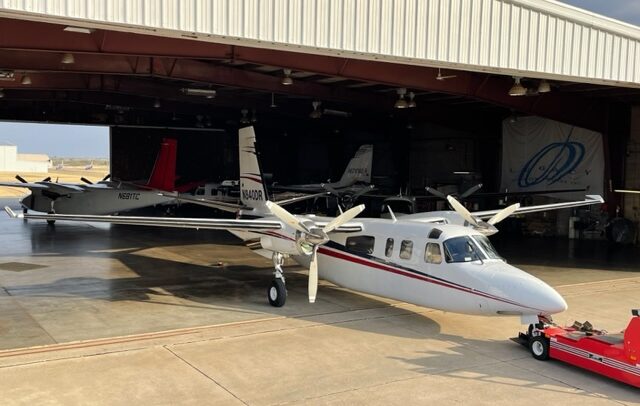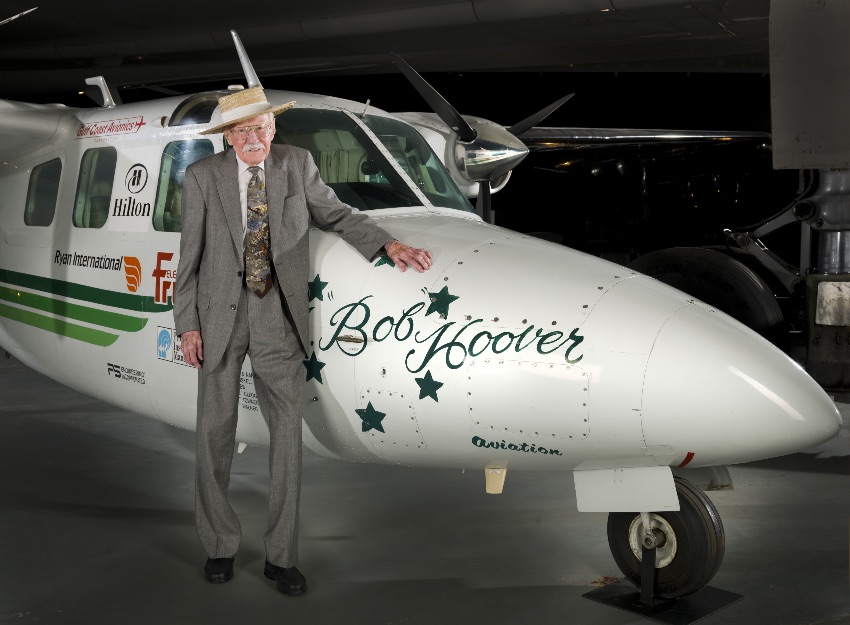When it Comes to Maintenance, Experience Matters

The quality of aircraft maintenance heavily depends on the experience of the technician, the shop manager, the parts staff, and the facility owner. Many technicians won’t turn down a job, even if they’ve never done it before. So it’s up to the owner/operator to choose wisely. That’s where the Twin Commander Factory Authorized Service Center Network can help. These independently owned and operated facilities have the experience and expertise to work on your airplane. With a legacy airframe, tribal knowledge is especially important, and many Service Centers have been working on Twin Commanders for decades, and they have the tooling, parts, and most importantly, the knowledge to do the job right. Service Centers have a close relationship with the factory that fosters close communication and cooperation, keeping them apprised of the latest developments, procedures, and processes. When it comes to maintaining your Twin Commander, remember that experience matters, and give your preferred Twin Commander Factory Authorized Service Center a call to schedule your inspection, repair, or upgrade. Find a full list of the Service Centers on the Commander website and for your convenience, they are:
- Aero Air – Hillsborough, Oregon
- Aerocentro de Servicios – Miranda, Venezuela
- Byerly Aviation – Peoria, Illinois
- Eagle Creek Aviation – Indianapolis, Illinois
- GAM Group – Melbourne, Australia
- Legacy Aviation – Yukon, Oklahoma
- Naples Jet Center – Naples, Florida
- National Flight Services – Swanton, Ohio
- Winner Aviation – Youngstown, Ohio
Fall Flight Levels Online Now

Often the legalities of owning and operating an airplane are more complicated than actually flying and maintaining it. The regulations around major and minor alterations and repairs, and the associated supplement type certificates are one of many examples. There are dozens of interesting and useful STCs on the market, but oftentimes one person or a small company creates and develops the item. When that person moves on, the STC can become stale, or abandoned in the eyes of the FAA. The agency has thus developed a process to help operators deal with abandoned STCs. You can read the Commander Tips article in the fall issue of Flight Levels, online now. Also in the issue, discover the top 10 questions posed to Aviation Tax Consultants about operating your aircraft in a proper and legal way while leveraging it fully, and finally, learn the basics of glass cockpits and how they work. Read these and all the latest in the Fall Flight Levels.
Meet Conan Fox
 The Twin Commander Aircraft factory team includes a diverse group of manufacturing and engineering experts hard at work for owners. As the technical director of the type certificate group, Conan Fox leads Ontic’s product support engineering efforts, including existing product support, new product development, and more. He manages a small team of engineers and technical representatives who, working with customers, Service Centers, and federal agencies, ensure the safety and vitality of the various models of Twin Commanders. Fox began his engineering career at the British Aerospace (Airbus) facility in Filton in 1990, and has worked for a wide range of airframe, engine, and component manufacturers, including Rolls-Royce and Westland Design Services (part of Westland Helicopter). His primary area of focus has been in structural (stress) analysis and certification. In 1998 he returned to New Zealand to manage the Air New Zealand FAA Part 145 repair station AOG team. In 2000 he moved to the United States as a wing stress engineer on a start-up business jet team, and finally joined M7 on the Metro/Merlin team in 2010. Now with Ontic and Twin Commander, Fox said he loves supporting the airplane and learning more about the community.
The Twin Commander Aircraft factory team includes a diverse group of manufacturing and engineering experts hard at work for owners. As the technical director of the type certificate group, Conan Fox leads Ontic’s product support engineering efforts, including existing product support, new product development, and more. He manages a small team of engineers and technical representatives who, working with customers, Service Centers, and federal agencies, ensure the safety and vitality of the various models of Twin Commanders. Fox began his engineering career at the British Aerospace (Airbus) facility in Filton in 1990, and has worked for a wide range of airframe, engine, and component manufacturers, including Rolls-Royce and Westland Design Services (part of Westland Helicopter). His primary area of focus has been in structural (stress) analysis and certification. In 1998 he returned to New Zealand to manage the Air New Zealand FAA Part 145 repair station AOG team. In 2000 he moved to the United States as a wing stress engineer on a start-up business jet team, and finally joined M7 on the Metro/Merlin team in 2010. Now with Ontic and Twin Commander, Fox said he loves supporting the airplane and learning more about the community.
Remembering Bob Hoover

This fall marks seven years since the death of aviation legend Bob Hoover. Known as one of the greatest pilots who has ever lived, Hoover’s many accomplishments include the mesmerizing airshow routine he performed for decades in a Shrike Commander. In a stunt that wowed audiences and amazed pilots, Hoover would take off under power, and then shut down both engines while performing his routine, eventually performing a dead stick landing and rolling out to show center. Hoover’s contributions to aviation were numerous, and the mark he left on the Commander community is hard to overstate. Today his infamous Shrike lives on in the Smithsonian’s Udvar-Hazy Center near Dulles International Airport outside Washington, D.C. It sits just as Hoover left it when he taxied the airplane in on its final flight in 2003.

